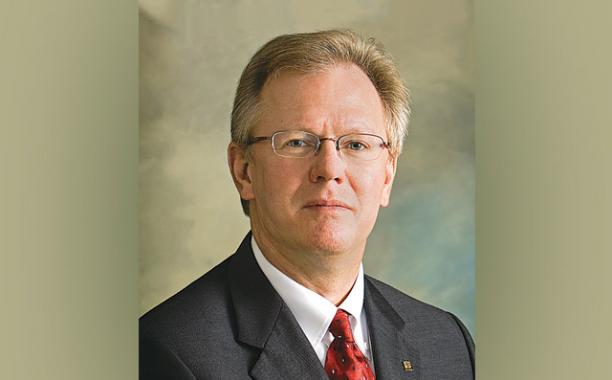
“If you embrace climate science, you’ve got to embrace climate math — and climate math is harsh and it’s unforgiving and it’s daunting. Right now, we emit 54 billion tons of CO2 every year. That is 100 times the weight of all the human beings in the world.”
— Julio Friedmann, CEO, Carbon Wrangler
Technology breakthroughs, renewable limitations drive shift
CAPTURING AND USING carbon dioxide as a way to mitigate climate change has for decades been broadly dismissed by many climate activists, environmental groups, scientists and government officials as expensive, impractical and unnecessary.
That mindset is finally beginning to change markedly, thanks to advances in technology and the growing realization that renewables alone cannot solve the climate problem.
On May 30, Net Power reached a milestone by successfully firing up a pilot natural gas plant near Houston that captures 100 percent of its emissions during the power generation process. This feat is revolutionary and is raising eyebrows. Burning fossil fuels without emitting any CO2 has been a holy grail for proponents of coal and natural gas. Now, at least on a pilot scale, Net Power has attained the grail, and the company is confident its technology will work at commercial scale as well.
The Net Power success follows on the heels of other CCUS breakthrough projects, such as the NRG-JX Nippon Petra Nova coal-fired plant (also in Texas) that captures 90 percent of carbon emissions; the Shell Quest project in the oil sands region of Alberta that has captured and stored 3 million tons of CO2 in its first three years of operations; the SaskPower plant in Saskatchewan that is the first in the world to successfully adapt carbon capture to a commercial scale coal-fired power plant; and the NWR Sturgeon Refinery project in Alberta, the first refinery in the world designed with an integrated system to capture CO2 produced during the refining process. (Boilermakers, by the way, played a substantial role in the last three projects listed.)
These successes and others around the world are proving that CCUS can work in commercial applications. Importantly, as these projects gain operational experience, the costs to build and run them continue to fall.
Meanwhile, technologies for using the captured carbon to create products ranging from chemicals to fertilizer to concrete blocks continue to advance. Research and development by industries, universities and the government offer the promise that carbon dioxide can not only be captured, stored and used for enhanced oil recovery, it can also have value as a commodity.
While CCUS technologies advance and provide real-world experience, global and regional climate organizations and experts continue raising awareness that we cannot rely solely on renewable energy technologies such as wind and solar to mitigate climate change, as some in the environmental community are fond of arguing. A growing consensus from the most widely respected organizations is that CCUS is not optional but essential to reach climate goals.
In fact, the world’s leading international body for assessing climate change — the United Nations Intergovernmental Panel on Climate Change (IPCC), whose “assessment reports” are considered authoritative — has placed increasing emphasis on CCUS. In its Fifth Assessment Report, published in 2014, the IPCC found that attempting to stabilize atmospheric CO2 concentrations to 430-480 parts per million without carbon capture would increase global mitigation costs by 138 percent. The Sixth Assessment Report is due out this year, and we will be closely watching to see how the IPCC treats CCUS four years later.
Another highly respected climate organization, the International Energy Agency, also recognizes the critical role CCUS must play. In its 2016 report titled “20 Years of Carbon Capture and Storage,” the IEA urged greater financial incentives to accelerate carbon capture and storage as a mitigation solution.
That is something the Boilermakers have long argued for as well, and we were pleased to report in the previous issue of the Reporter that a bill offering robust incentives for CCUS has become law. Known as the FUTURE Act, the bill enjoyed broad bipartisan support. It was sponsored by North Dakota Senator Heidi Heitkamp (our 2018 Senate Legislator of the Year) and others. The FUTURE Act, for the first time, puts substantial federal tax credits (as much as $50 a metric ton) in the hands of power plants and heavy industry facilities that capture and store CO2. Finally, there is a financial incentive large enough to drive innovation and investment. By some estimates, the Act will trigger $1 billion in investments beyond what industry was already planning.
A particular aspect of the FUTURE Act that should draw special attention is that tax credits are also available for “direct air capture” of CO2. This means a system designed not to remove CO2 from an industrial process or a car engine’s exhaust but from the very air around us. If developed and deployed successfully, direct air capture could be another game changer. While the technology is in its infancy, several firms are proving the concept’s feasibility, including Switzerland’s Climeworks, Canada’s Carbon Engineering and a Finnish-German consortium known as Soletair. While direct air capture has its naysayers, Climeworks has said its goal is to capture 1 percent of global CO2 emissions by 2025, according to a BBC report: “Climate’s magic rabbit: Pulling CO2 out of thin air.”
The bipartisan nature of the FUTURE Act is especially important. It indicates that support for CCUS may be transcending political positions that have aligned with extreme environmentalists. We will need strong bipartisanship going forward if we are to elevate investments in climate change solutions by the order of magnitude necessary.
“Big steps and big strides” are not enough
ALTHOUGH The developments cited earlier are encouraging, the pace of change needs to quicken exponentially if we are to prevent global temperature rise from reaching the 2-degree Centigrade threshold that some say is the limit beyond which catastrophic climate change will result.
It’s an enormous challenge.
Recently, during Boilermaker-sponsored interviews of some of the world’s experts on CCUS, Carbon Wrangler CEO Julio Friedmann (a former Principal Deputy Assistant Secretary for Fossil Energy with the Department of Energy) described just how big the challenge is.

“If you embrace climate science, you’ve got to embrace climate math — and climate math is harsh and it’s unforgiving and it’s daunting,” he said. “Right now, we emit 54 billion tons of CO2 every year. That is 100 times the weight of all the human beings in the world.
“So we’ve got to take big steps and big strides, and we have made big steps and big strides on efficiency and in power [generation] on a handful of stuff. But we are nowhere close. Critically, we can’t win slowly; winning slowly is the same as losing the climate. We have to get to zero super-fast, and we have to get to negative [emissions] beyond that. And carbon capture and storage is… part of what you need to get the job done.”
Friedmann is absolutely right, the climate math is daunting. But we are at last seeing the technology advances and the public policy changes that are essential to moving CCUS forward. Those changes should accelerate the research and development, testing, and deployment of a broad range of effective mitigation technologies.
From there, we will need to rapidly scale up deployment – and that will require not only a wider acceptance of these technologies but an enormous investment. If the global community is truly serious about coming to terms with climate change, that investment needs to be made, and soon.










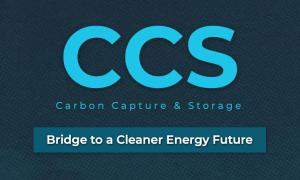
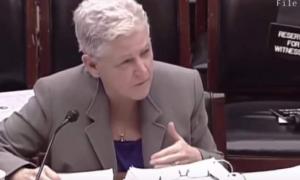
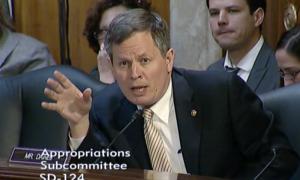

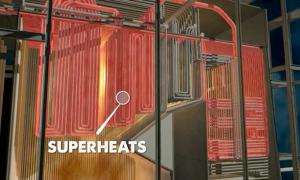
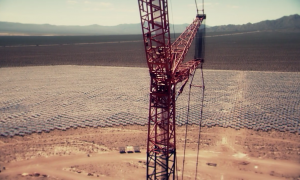
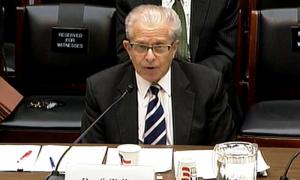
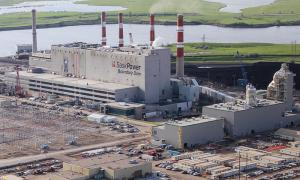
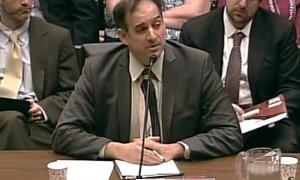
0 Comments